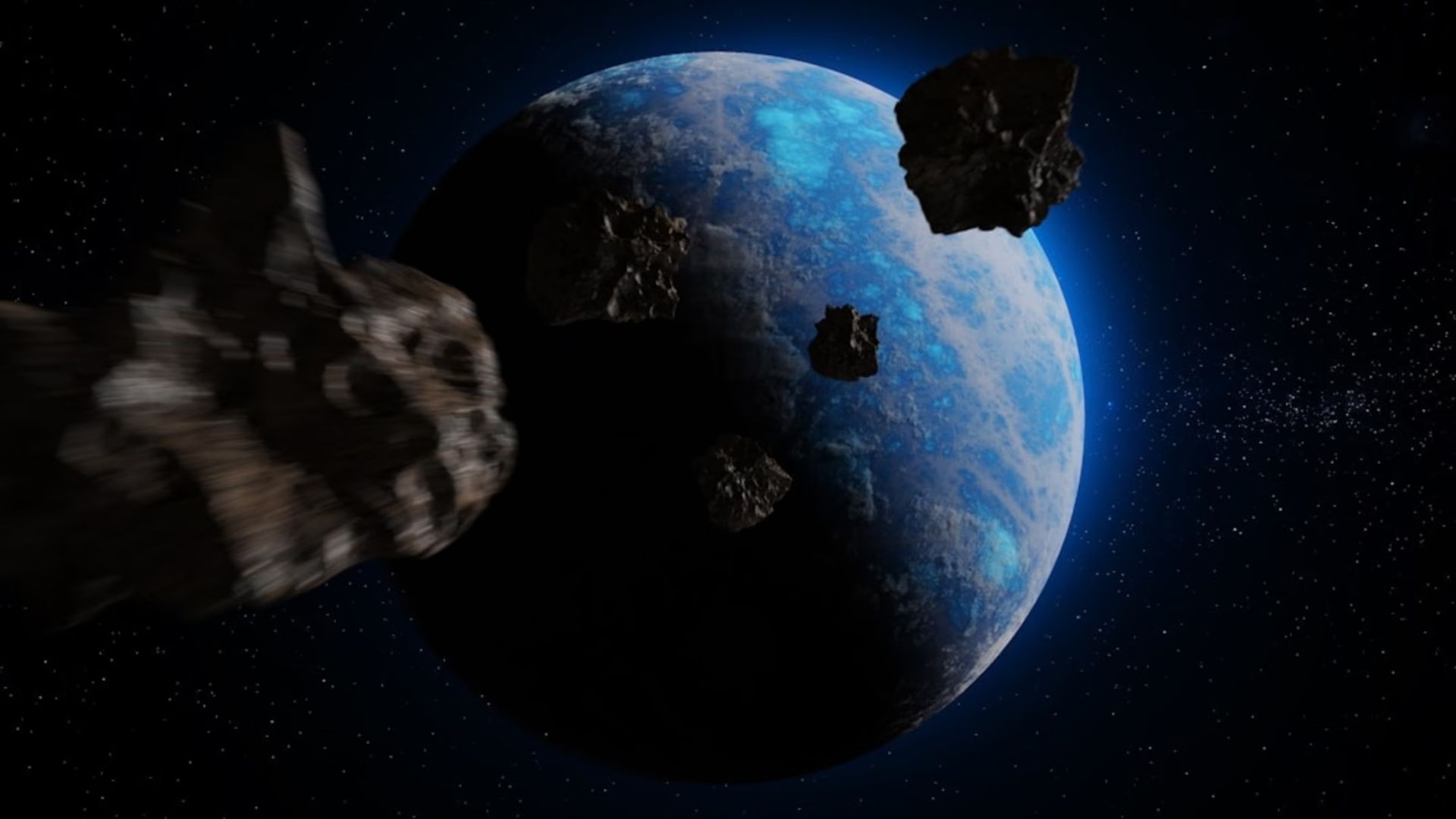Asteroid Apophis, known as the “God of Destruction,” is set to make a close pass by Earth in April 2029. Though the likelihood of a direct collision remains extremely low, new studies suggest that impacts from smaller space objects could alter Apophis’ trajectory, potentially increasing its risk of hitting Earth. Apophis, measuring between 340 and 450 meters in diameter, will pass within 37,000 km of Earth, possibly visible to the naked eye.
Recent findings suggest that collisions with smaller asteroids or space debris could shift Apophis’ path, posing significant concerns. Although Apophis is nearly the height of the Empire State Building, these potential impacts could influence its trajectory and future interactions with Earth, including the 2029 approach.
The Indian Space Research Organisation (ISRO) has been closely monitoring Apophis. ISRO Chairman Dr. S Somanath emphasized the threat of large asteroid strikes, calling it a “real existential threat to humanity.” He added, “ISRO is very alive to that threat and our Network for Space Objects Tracking and Analysis (NETRA) is monitoring Apophis very closely. After all, we have only one Earth to live on. India will cooperate with all nations to ward off this and other such future threats.”
Meanwhile, astronomer Paul Wiegert from the University of Western Ontario stated that the odds of Apophis being deflected by smaller asteroid collisions are minimal. Wiegert’s research estimated the likelihood of such a collision significantly altering Apophis’ trajectory to be around 1 in 1 million, with the chance of a direct impact in 2029 being 1 in 2 billion.
Wiegert’s study, as reported by Space.com, found that while small asteroids could theoretically shift Apophis’ path, such events are highly unlikely. The research assessed potential impacts from objects between 60 centimeters and 3 meters in size and concluded that these collisions would need to occur at very specific angles to significantly affect the asteroid’s course.
Apophis, discovered in 2004, initially sparked concern due to its size and trajectory, placing it high on impact risk lists from both NASA and the European Space Agency (ESA). However, a flyby in March 2021 eased fears, with scientists concluding that Apophis poses no threat for at least the next century.
Despite its ominous nickname, Apophis’ 2029 flyby is expected to be non-threatening. Should future passes in 2036 or 2068 indicate any potential danger, scientists have discussed possible mitigation efforts, including deflection missions like NASA’s Double Asteroid Redirection Test (DART).























